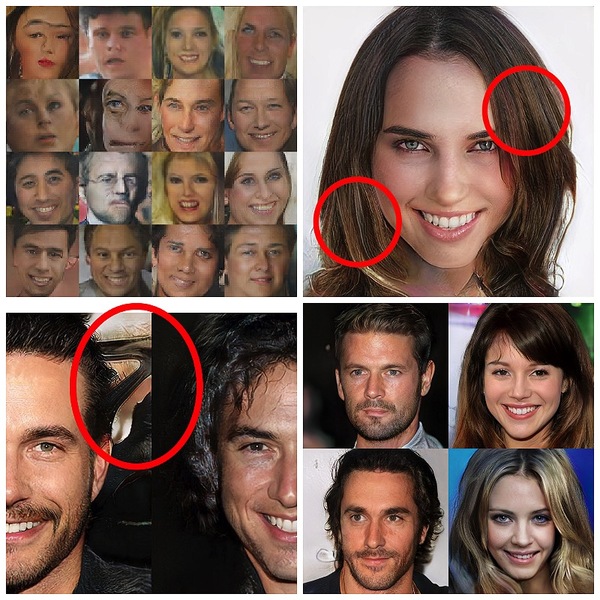Fake Images Undergo Existential Crisis

Generative Adversarial Networks are a pattern of Machine Learning that can do some amazing things – in this episode we chat about them effecting our concepts of truth.
And we include an episode of Linear Digressions from Ben and Katie to really explain how GANs really work.
This Person Does Not Exist Is the Best One-Off Website of 2019
At a glance, the images featured on the website This Person Does Not Exist might seem like random high school portraits or vaguely inadvisable LinkedIn headshots. But every single photo on the site has been created by using a special kind of artificial intelligence algorithm called generative adversarial networks (GANs).
How to recognize fake AI-generated images
Here are some things you can look for when trying to recognize an image produced by a GAN. We’ll focus on faces because they are a common testing ground for researchers, and many of the artifacts most visible in faces also appear in other kinds of images.
Neural Nets Play Cops and Robbers (aka generative adversarial networks) — Linear Digressions
One neural net is creating counterfeit bills and passing them off to a second neural net, which is trying to distinguish the real money from the fakes. Result: two neural nets that are better than either one would have been without the competition.

